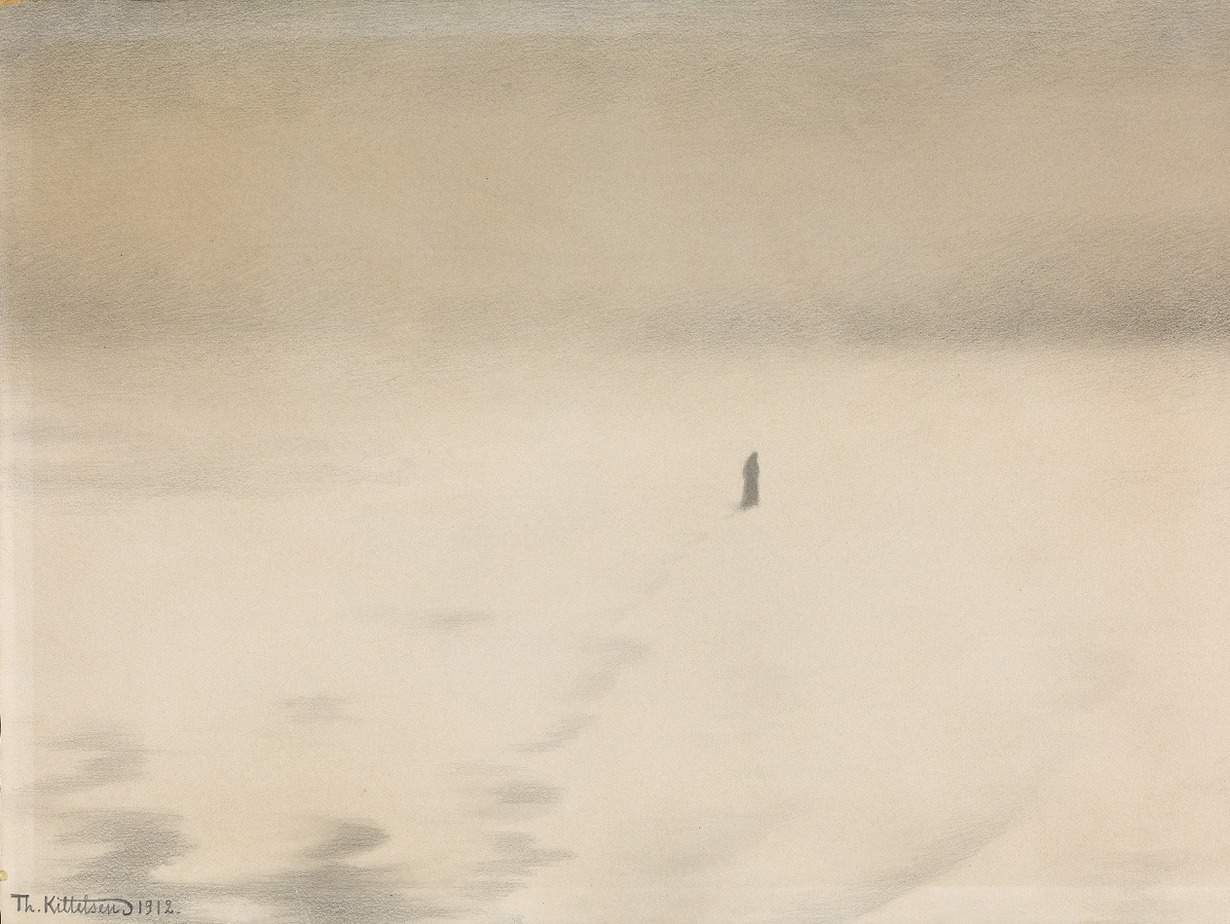Does a story (especially a movie) that makes us cry really offer an audience cathartic healing? Researchers say not. Studies show no improvement in mood after this kind of crying.
I’m not sure which is worse: intense feeling, or the absence of it.
Margaret Atwood
Professor Jennie Hudson is the director at the Centre for Emotional Health at Macquarie University in Sydney, and told Jesse Mulligan at RNZ that after this kind of crying, most people report either no change in mood or a slightly worse mood than before. So much for catharsis.
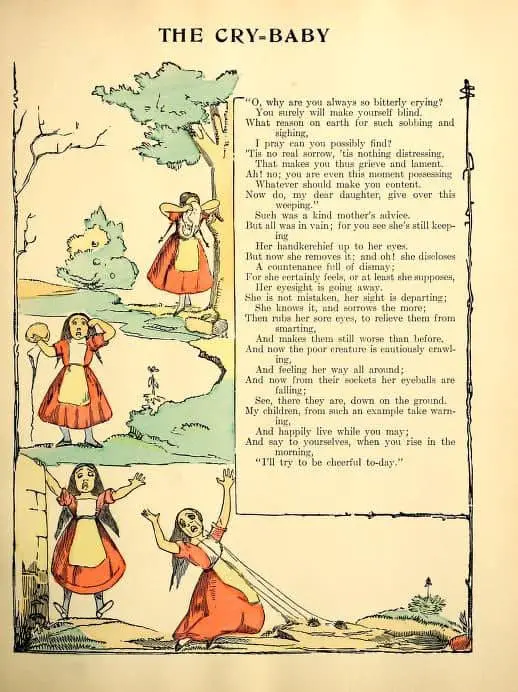
So why do others report an improvement in mood after crying, in general? Professor Hudson explains that it’s all about what you do during and after your crying session. If the crying leads to increased connection with others, then your mood will improve accordingly. Crying has the evolutionary function of improving social bonds, so long as the people around the crying individual respond in a helpful way to the expression of vulnerability.
Another factor in reported improvements of mood after crying: Holding the tears when all you want to do is cry definitely makes difficult emotions feel worse. The research is clear on that.
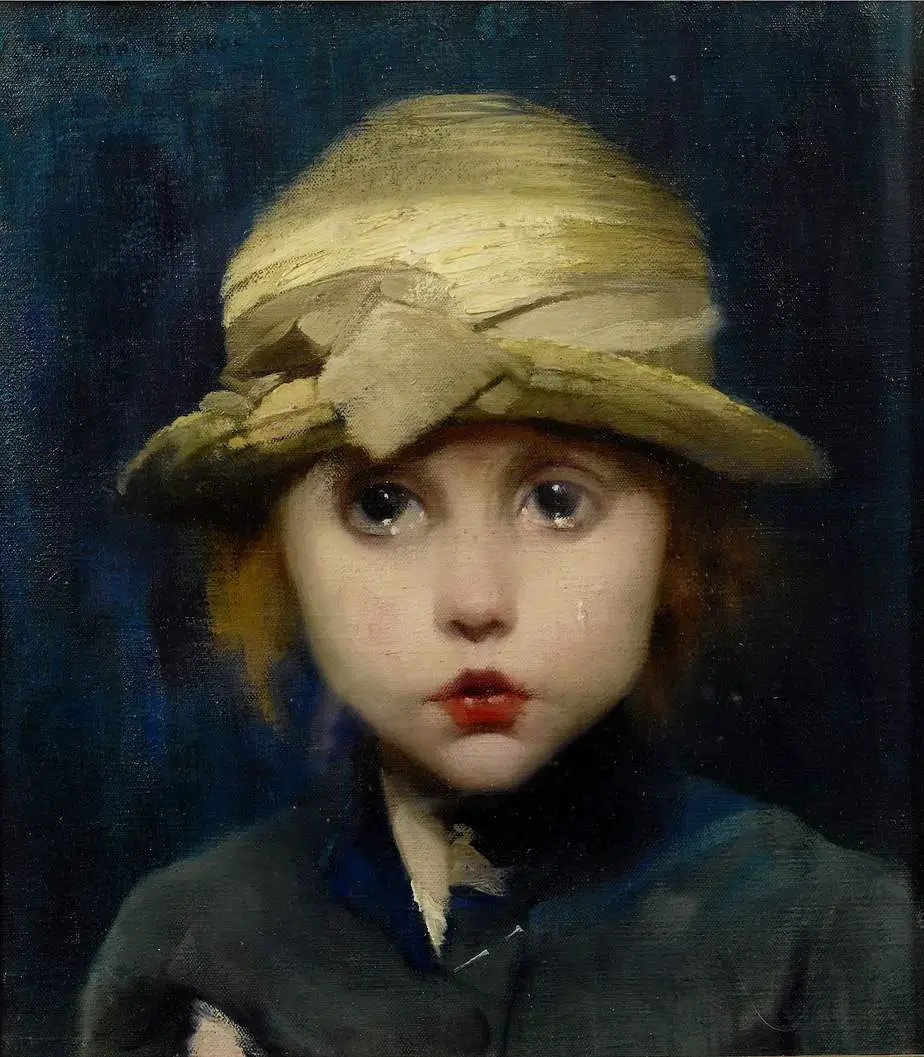
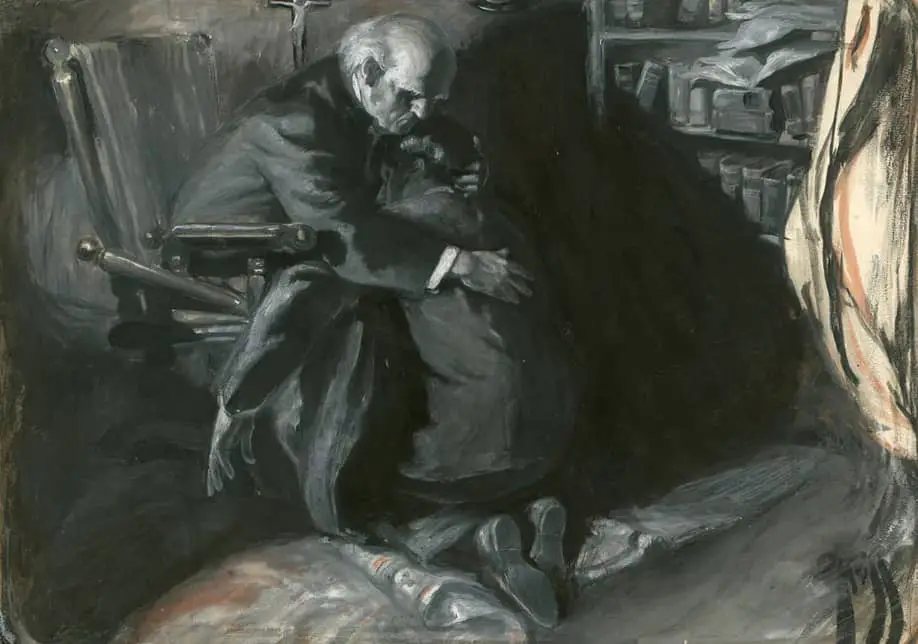
WHO CRIES AND HOW OFTEN?
The gender gap is especially interesting.
Women cry on average 2-5 times per month. This wasn’t surprising to me, as the cultural narrative shows that women cry often.
Men cry on average once every two months. This statistic surprised Professor Hudson, and also surprised me.
A few years ago I read the first of Larry McMurtry’s Houston novels, Moving On. (Terms of Endearment is the most famous of that series.) What really started to irritate me as I ploughed my way through this gigantic novel: A few of the female characters were constantly crying, especially Patsy Carpenter. It really is constant. It feels like a writer’s tic, like Stieg Larsson and his coffee drinking characters.
I am far from the first to notice McMurtry’s tendency to write female characters who cry. When asked, he said that as far as he was concerned, when he writes women who cry frequently he is writing social realism. Growing up, he was surrounded by women who cried.
By the by, McMurtry has also said this:
What is guaranteed to make you laugh? Human foibles.
What is guaranteed to make you cry? Women.
What does this mean for storytellers? I put it to you that readers don’t have much time for characters who cry on the page. Most storytellers have heard a variant on the following advice:
When the character cries, the reader doesn’t have to. … That is, if all the emotion is spelled out in the scene, then there’s nothing for the reader to DO, no interaction, no addition. The reader becomes a spectator, not a participant.
Edittorrent
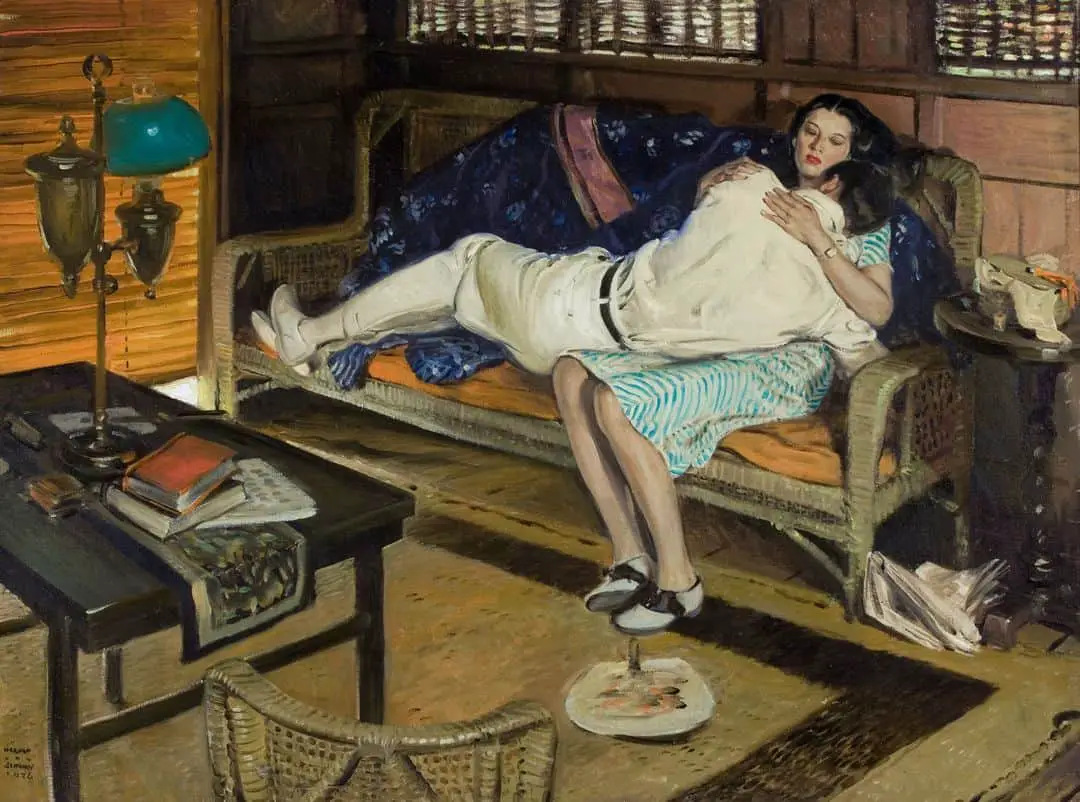
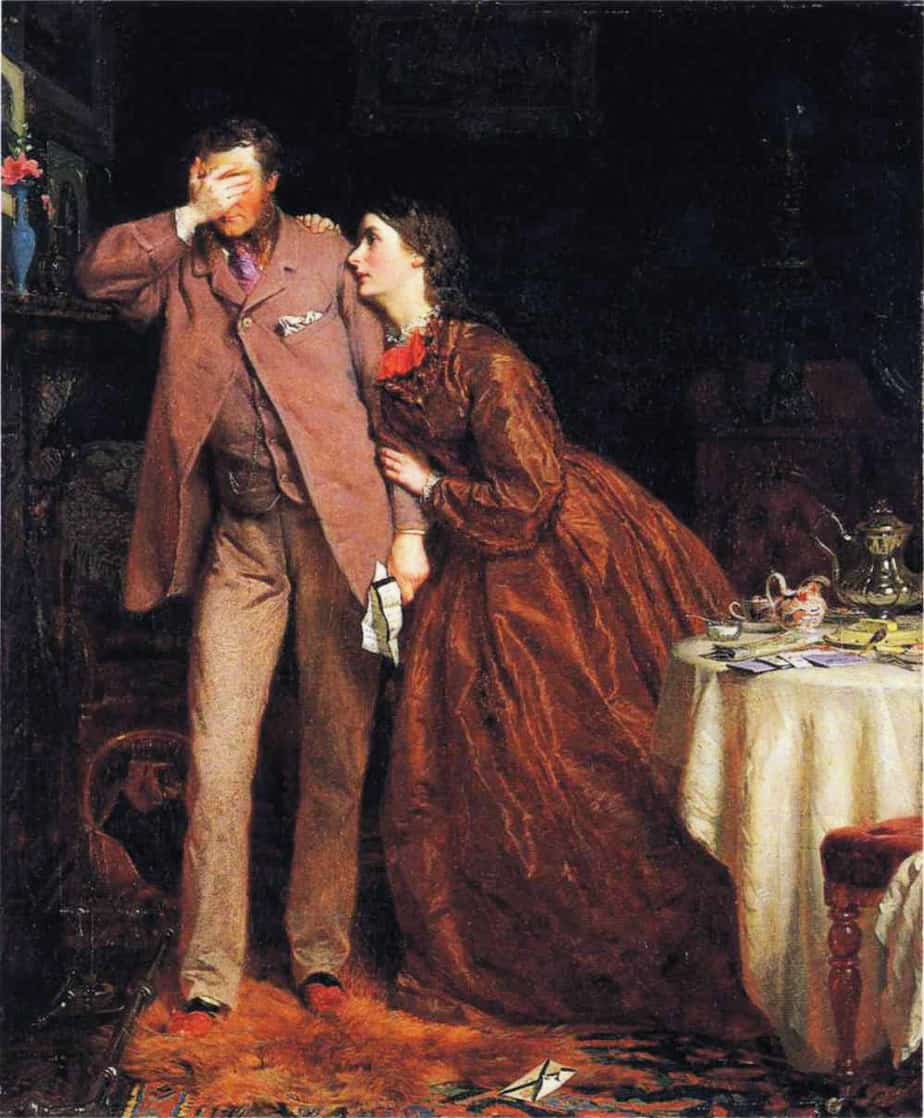
We are scared of inadvertenly writing melodrama (despite the fact that melodrama is far more common and popular than most are prepared to admit). Also, as film critic Roger Ebert noted in himself, it was most often kindness that made him cry in a story, not simply watching a character be sad. So there is definitely an element of truth to this writing advice.
That aside, is it really true that people cry in shifts? If a character is crying, do we really think we don’t have to? Is there another evolutionary adaptation going on here, in which people rallying around a crying person spring into action rather than sympathy crying (in the same sense as ‘sympathy vomiting’)?
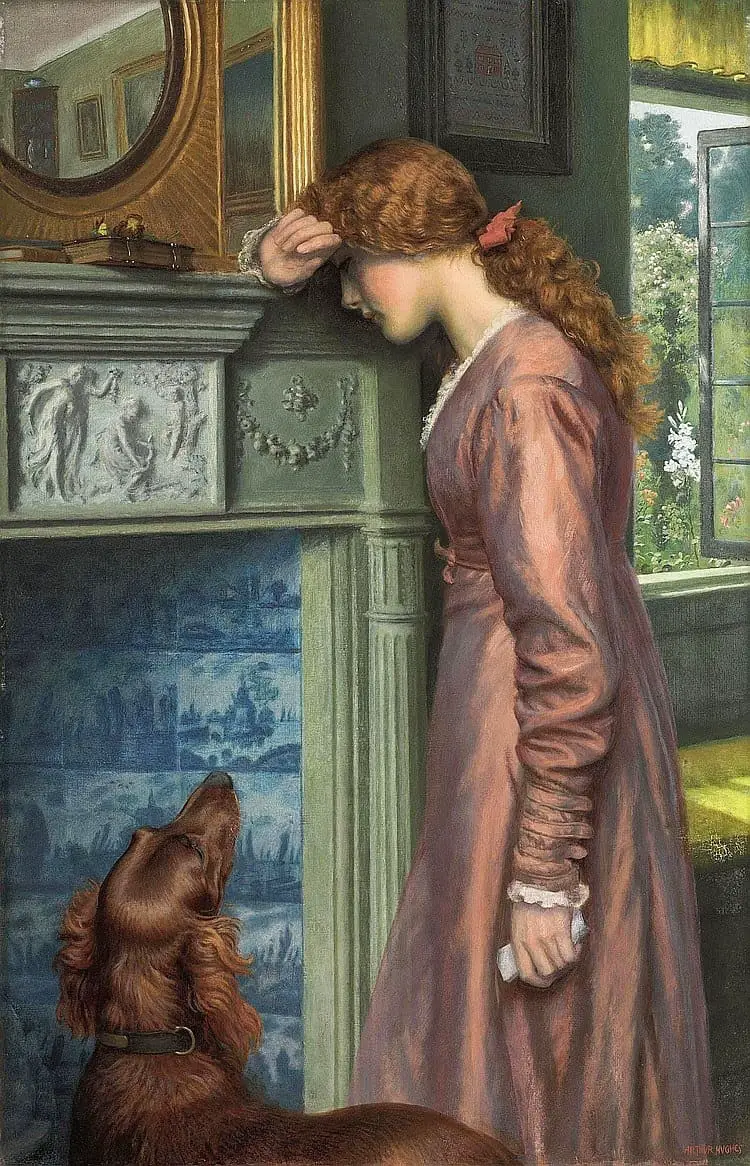
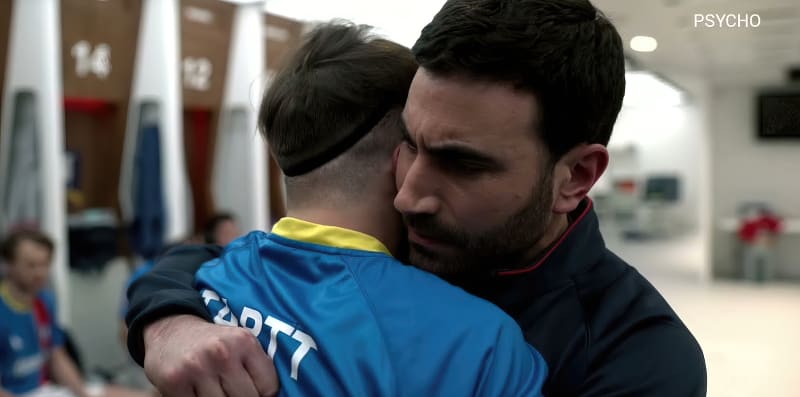

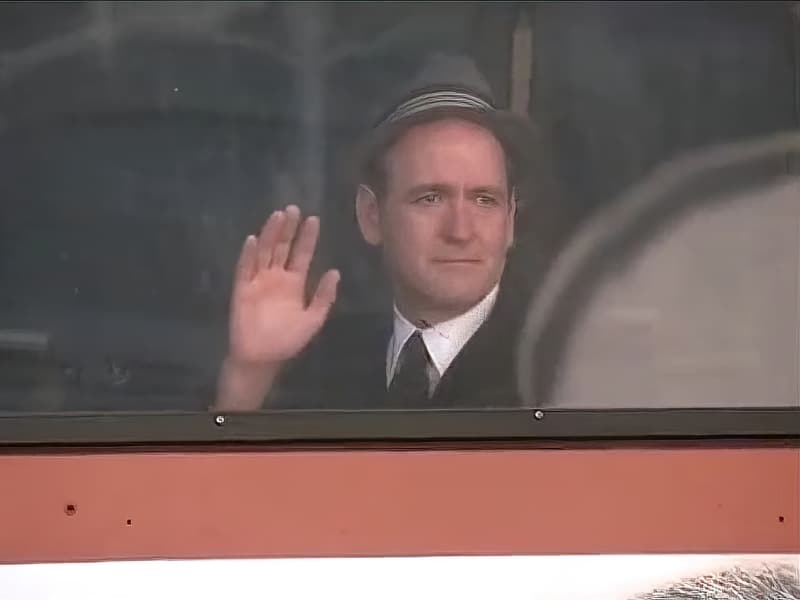
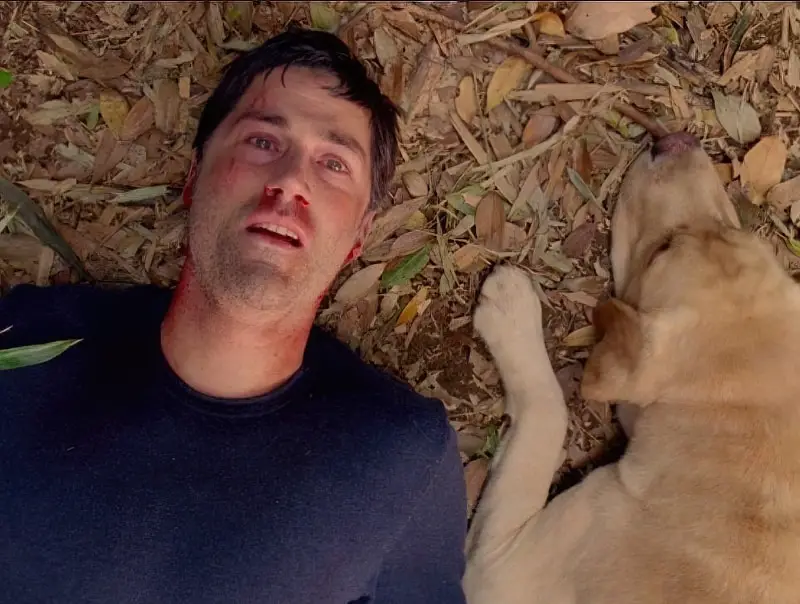
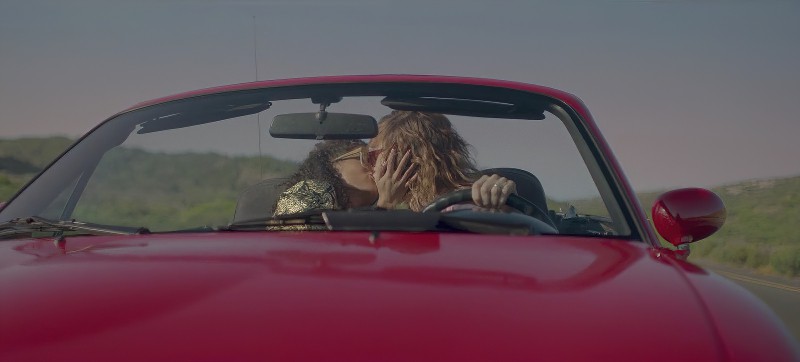
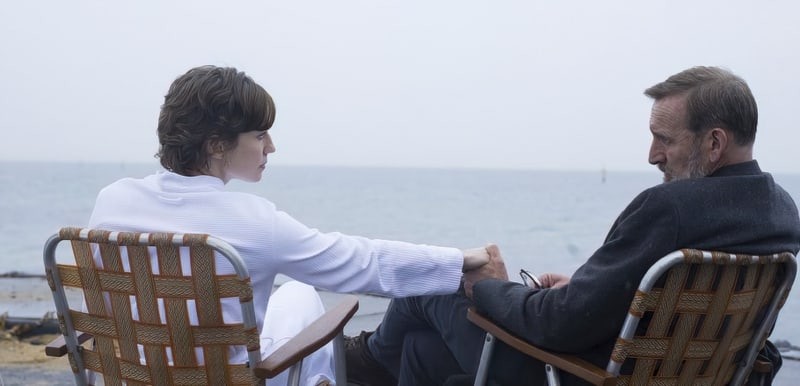
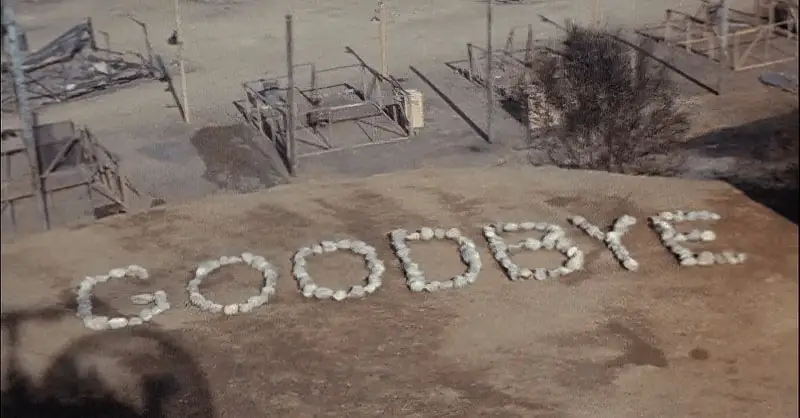
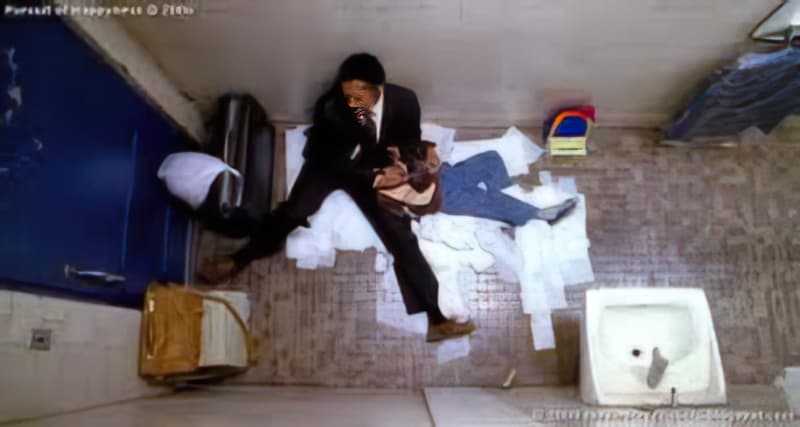

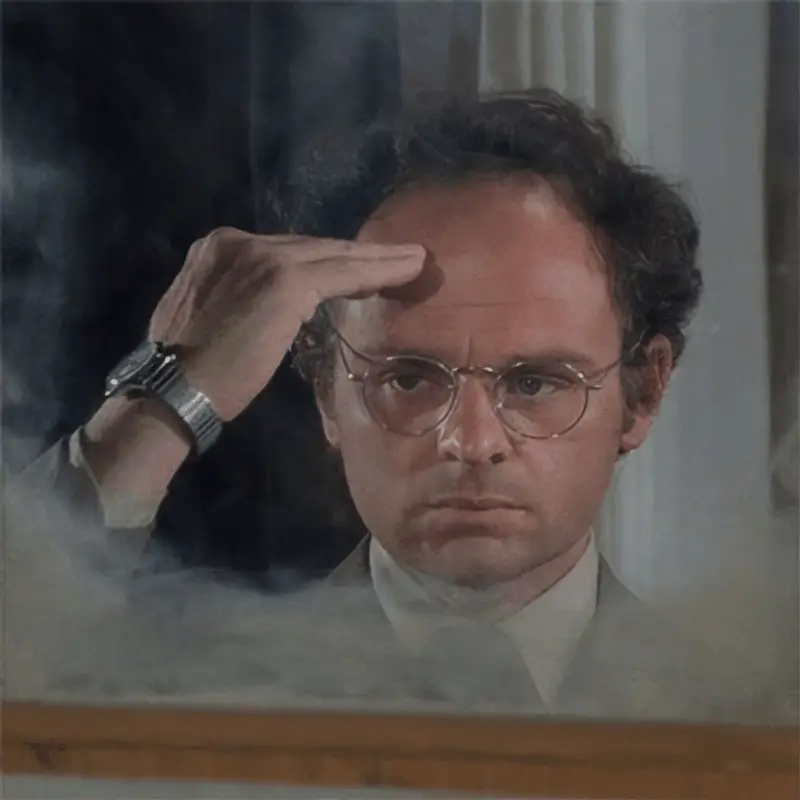
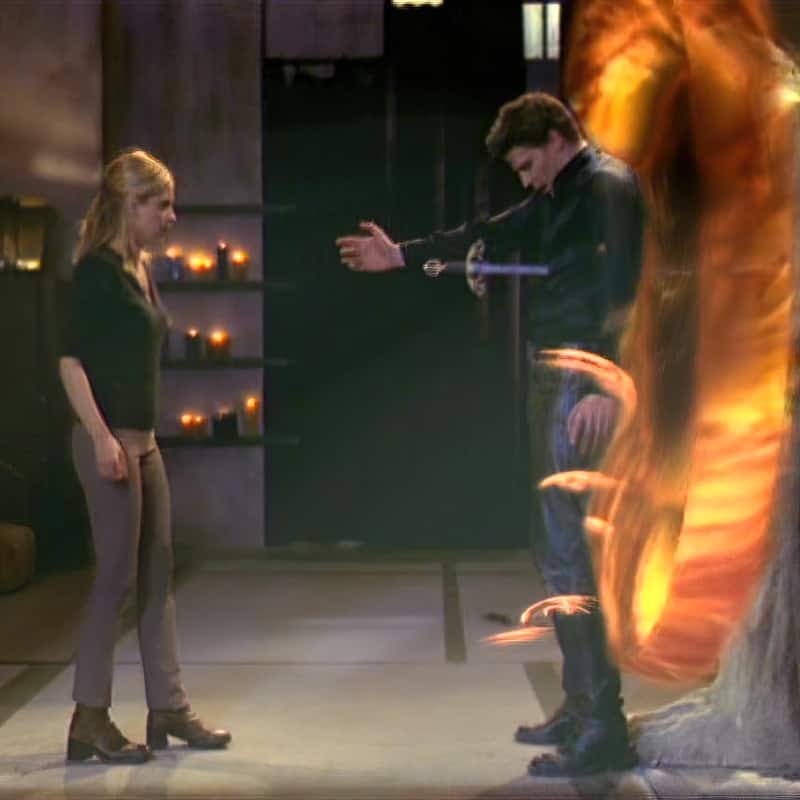
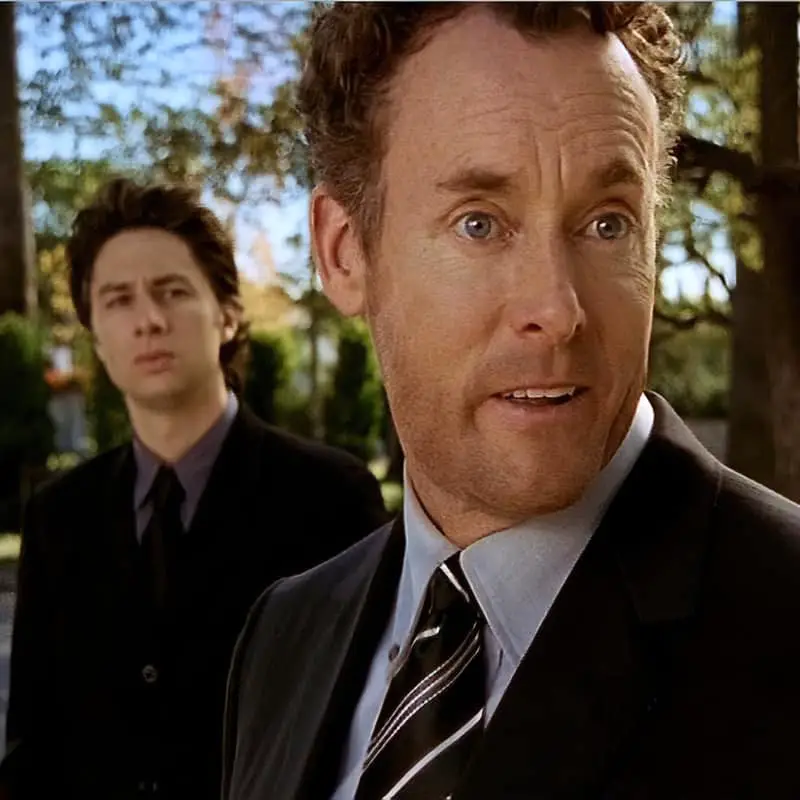

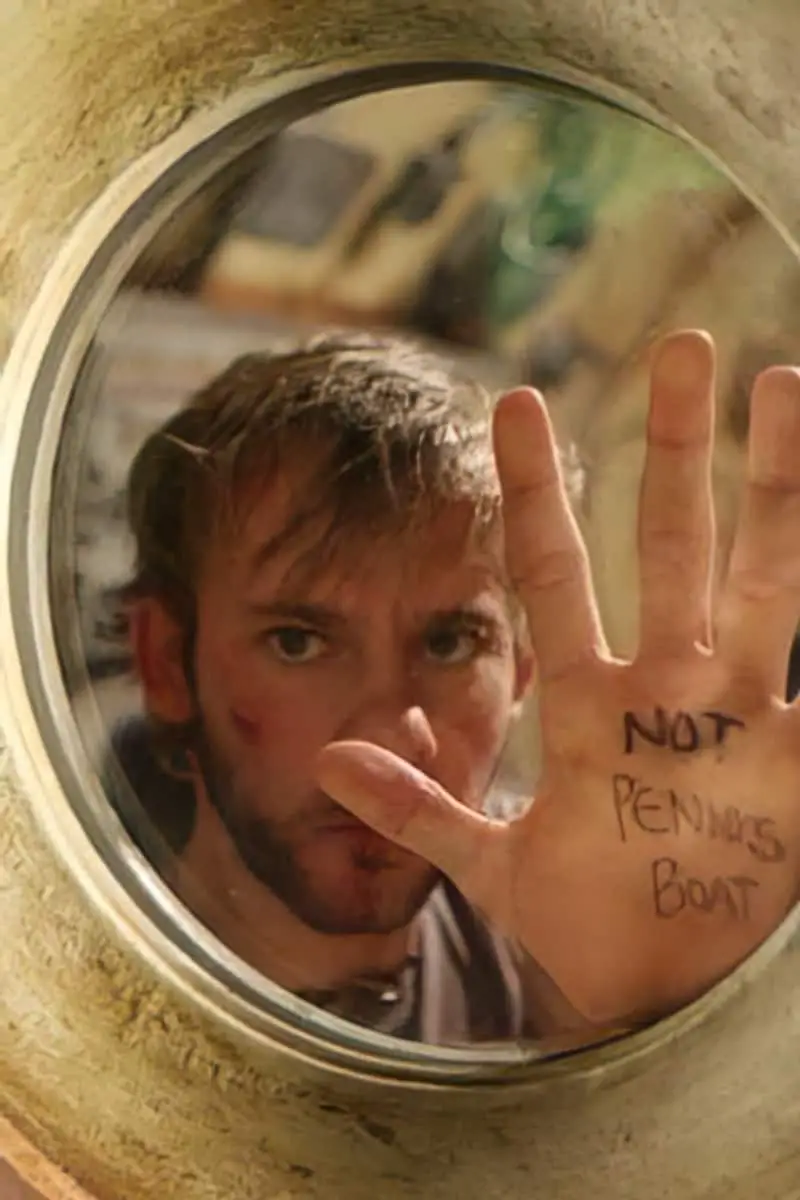
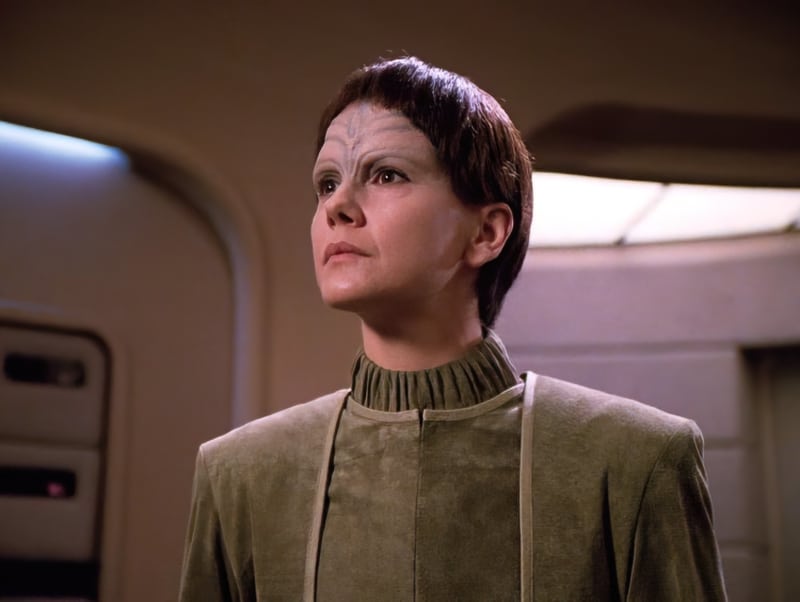
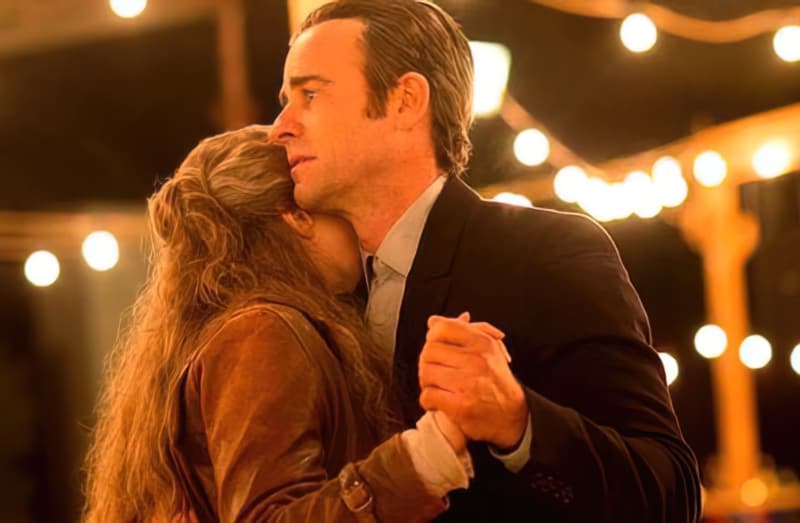


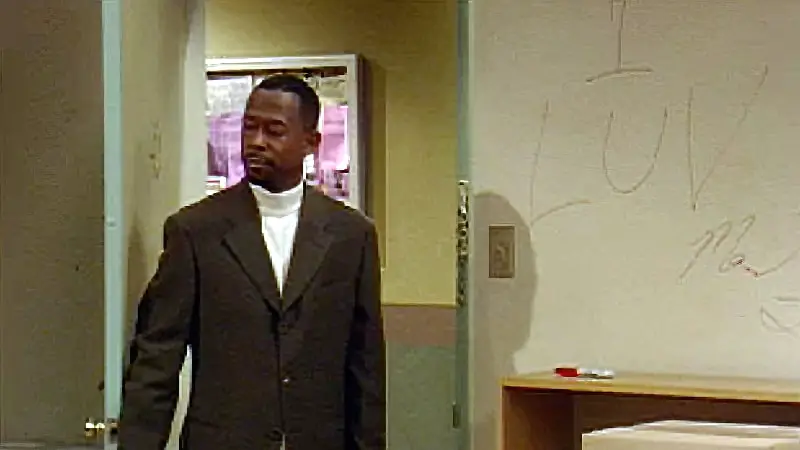
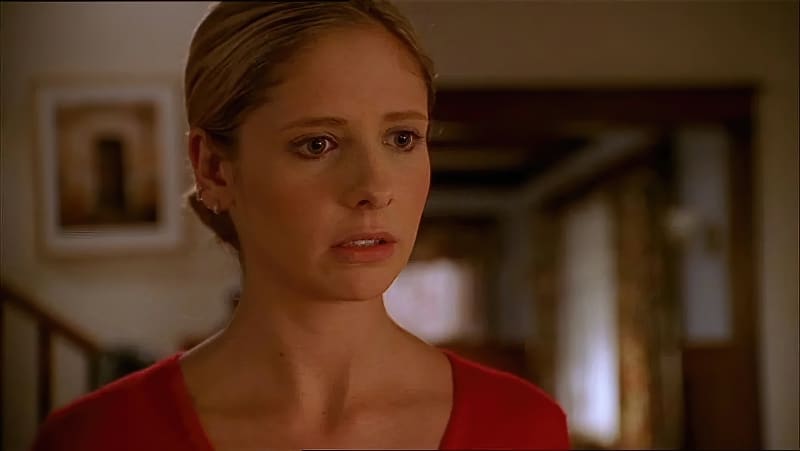
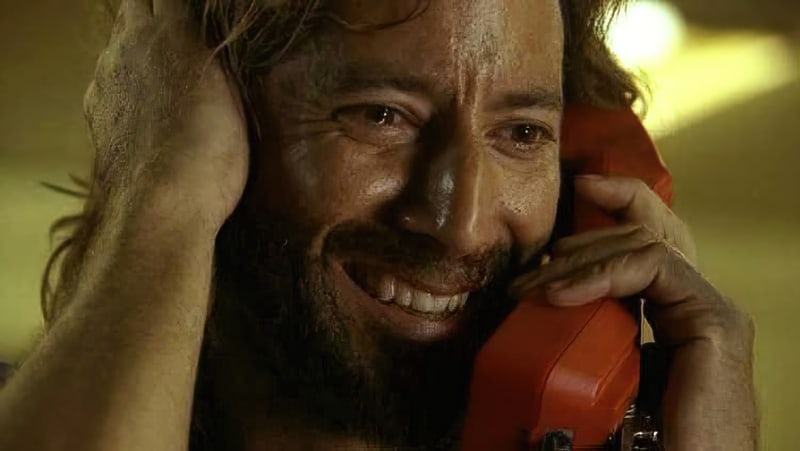
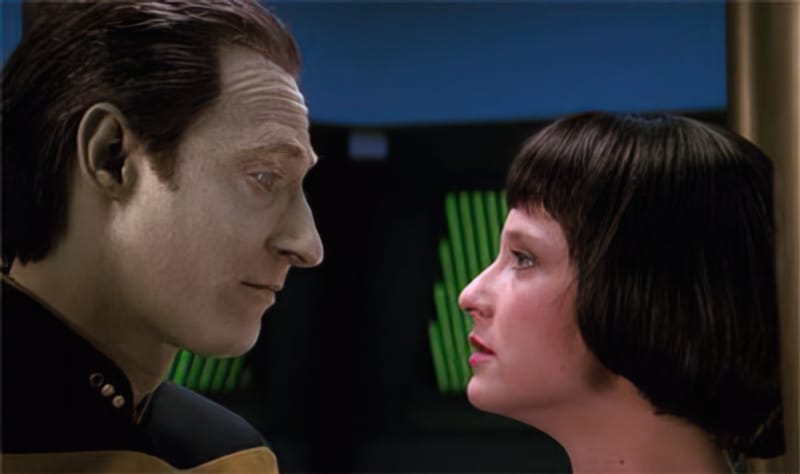
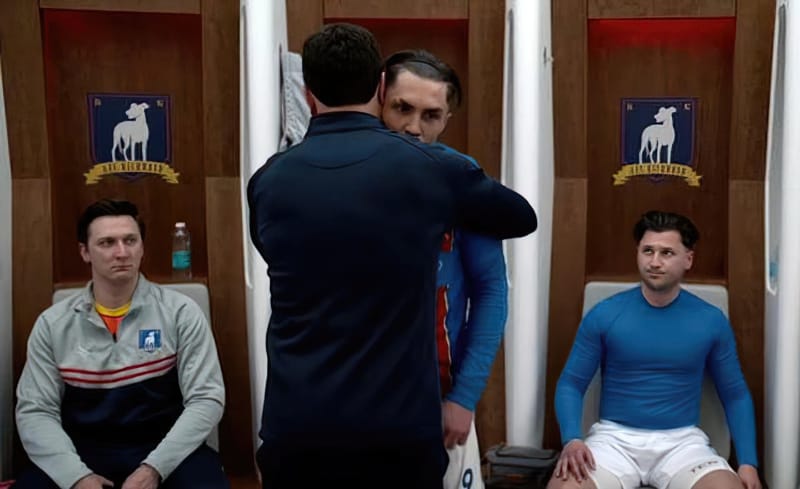
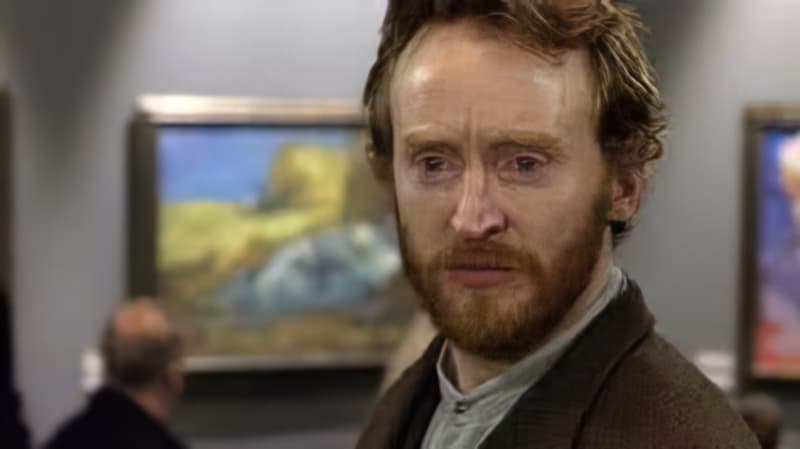
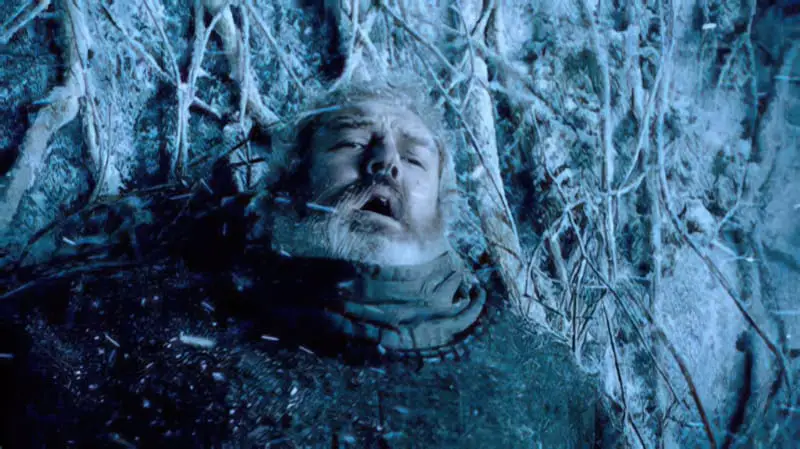

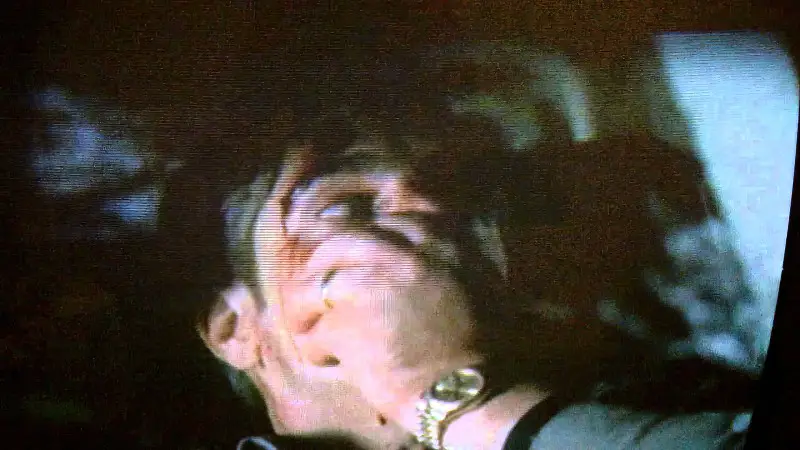
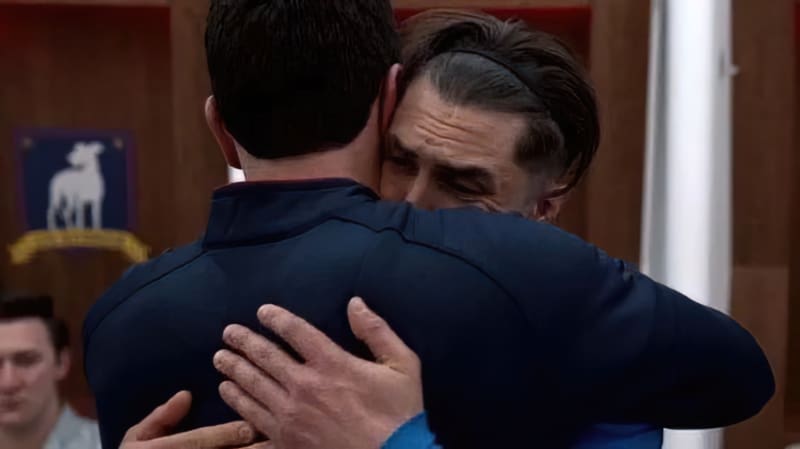
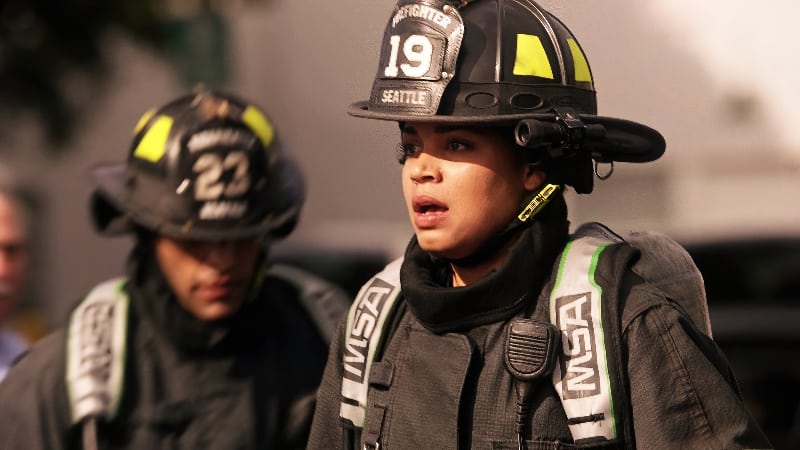
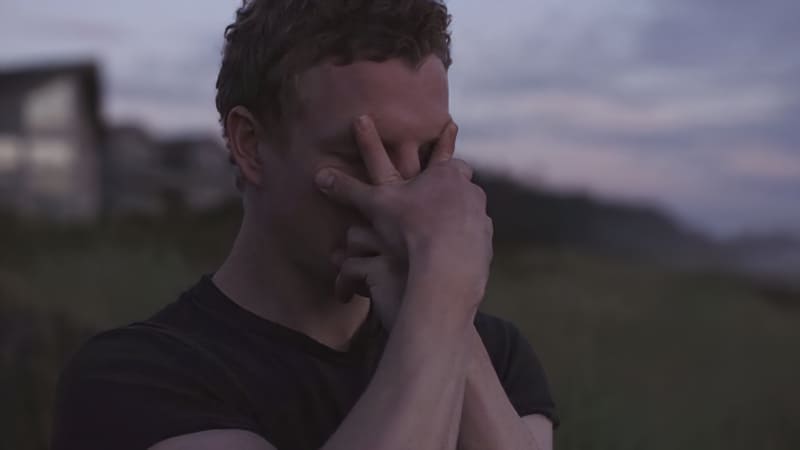
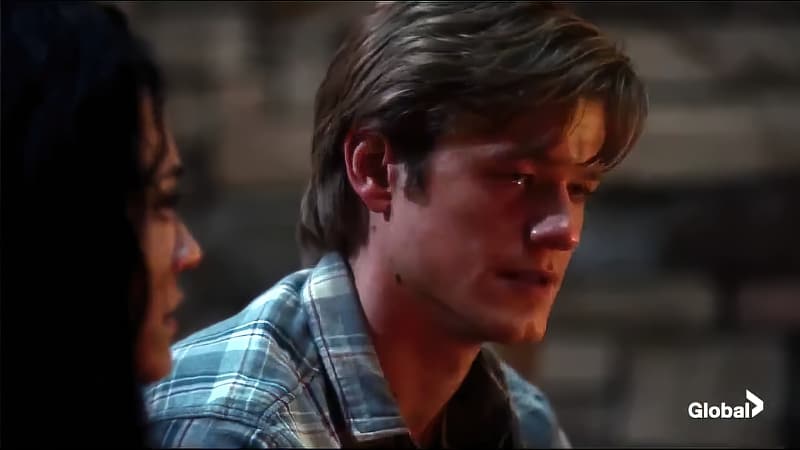

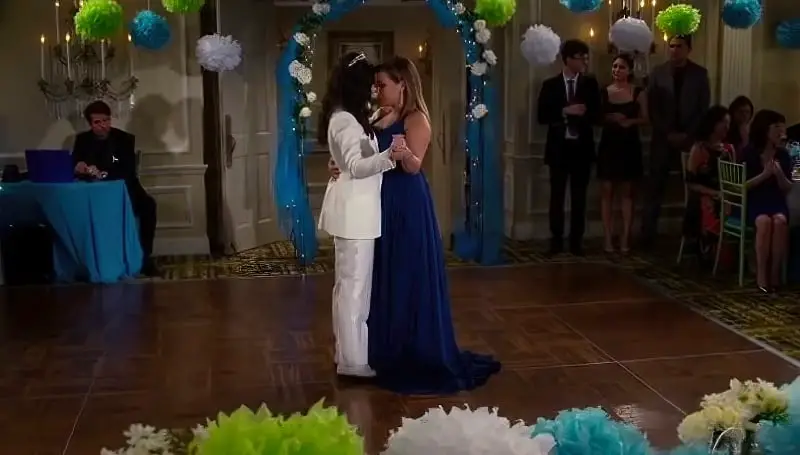
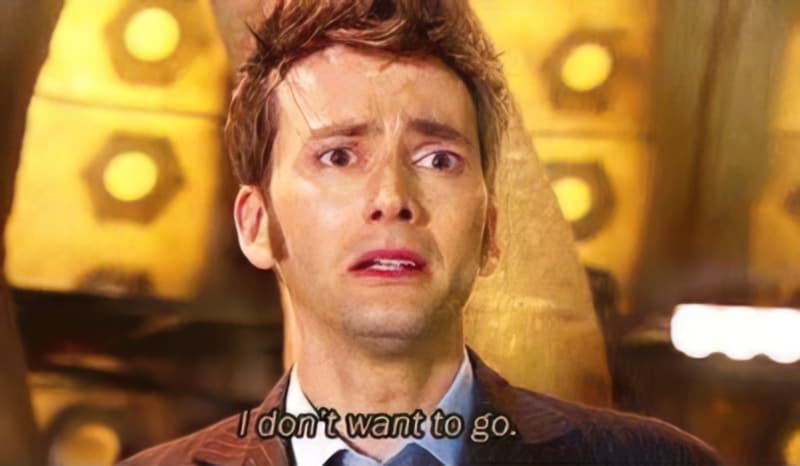
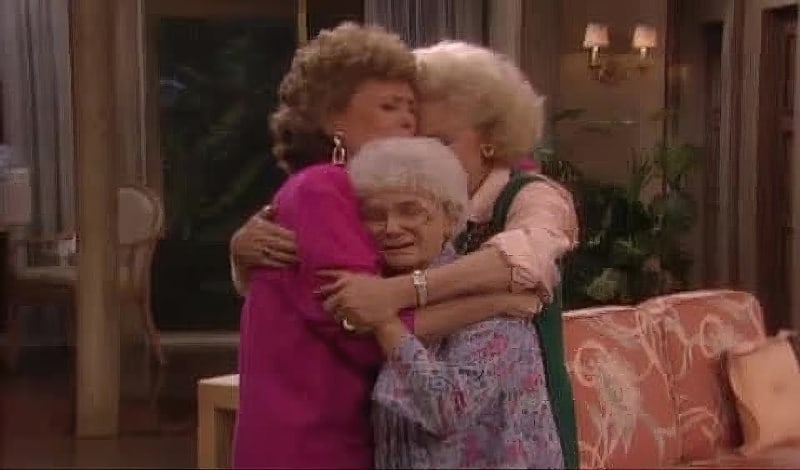
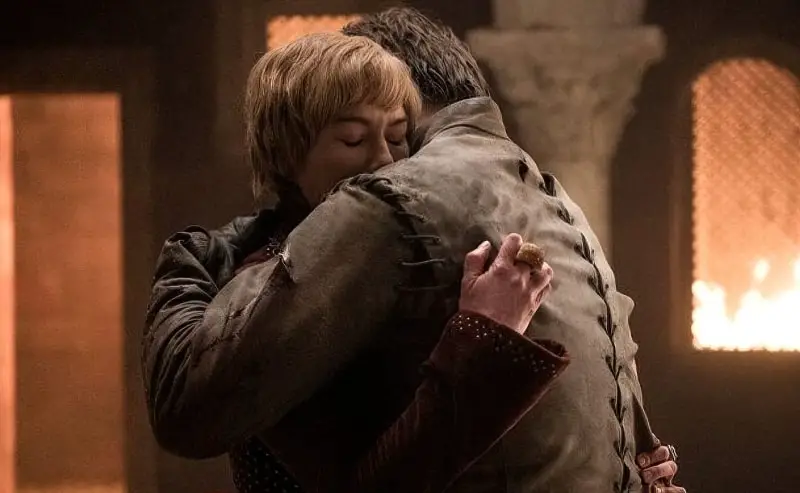
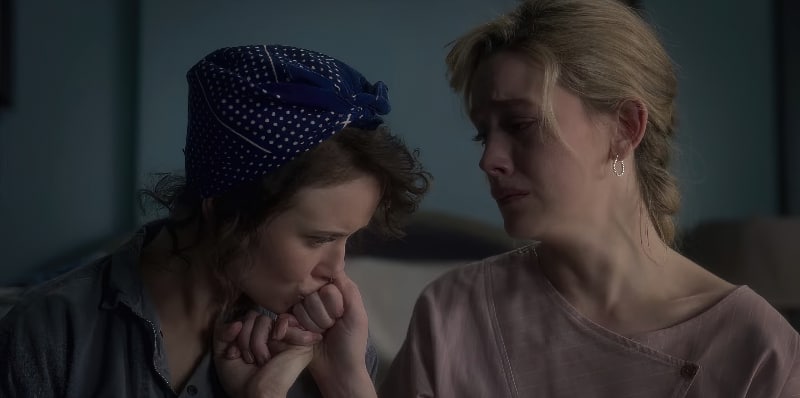

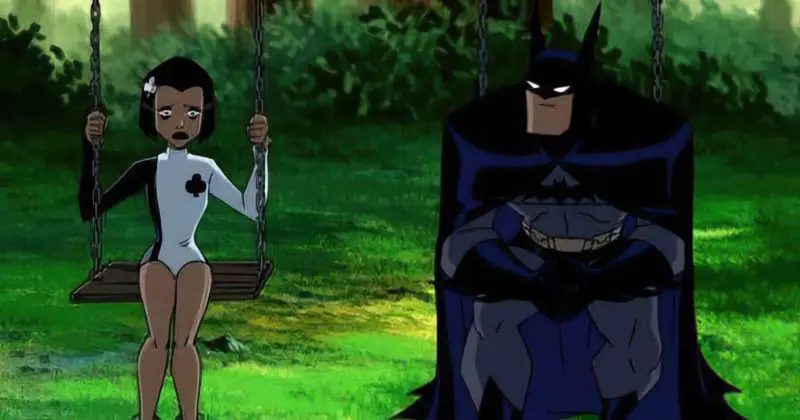
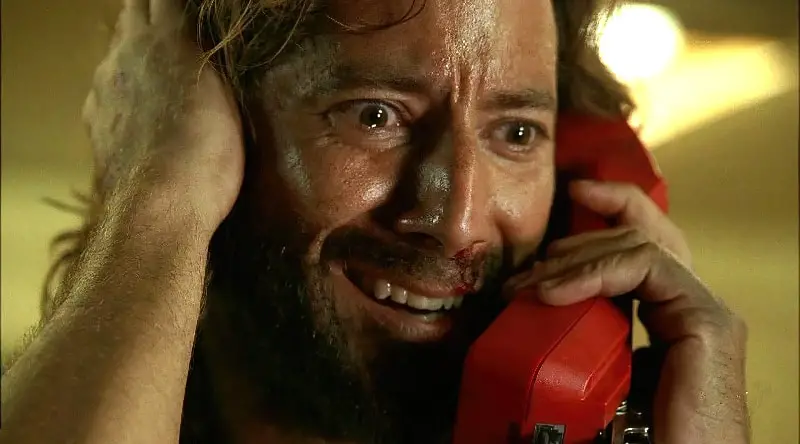
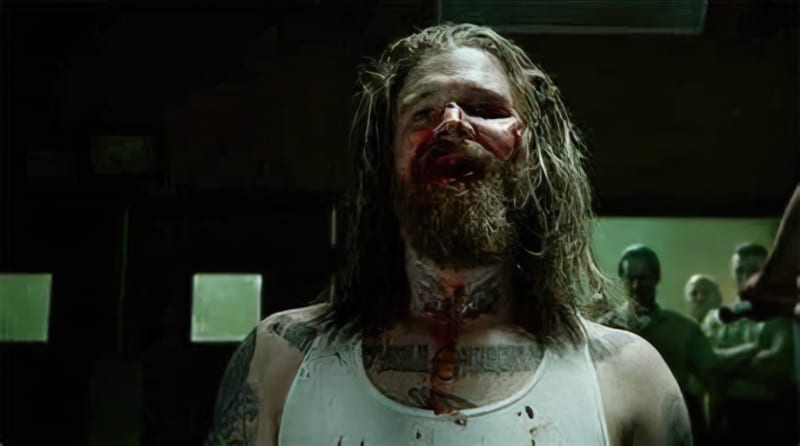
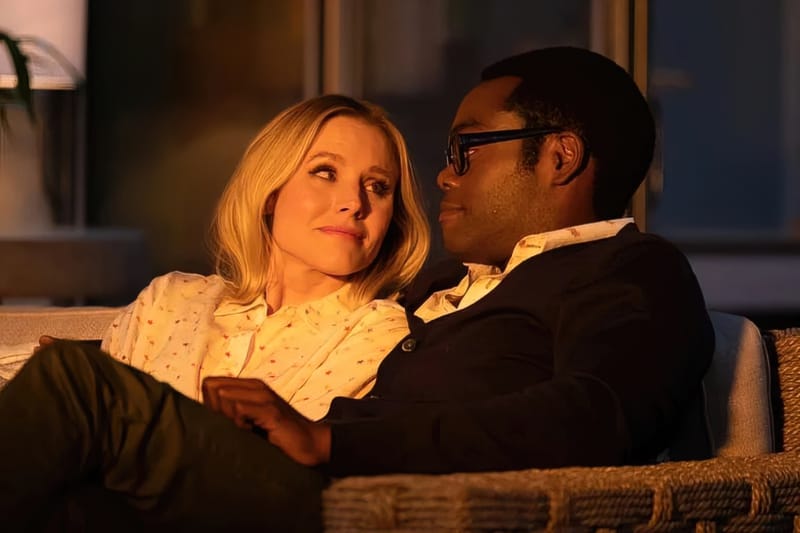
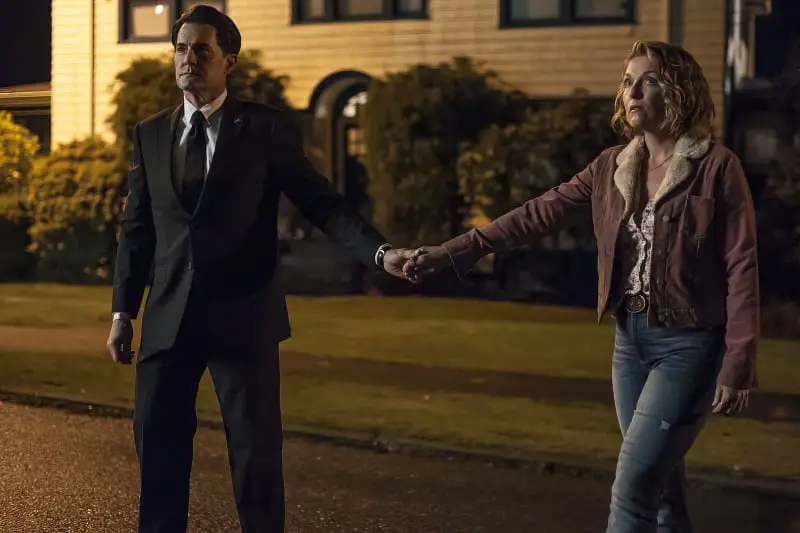
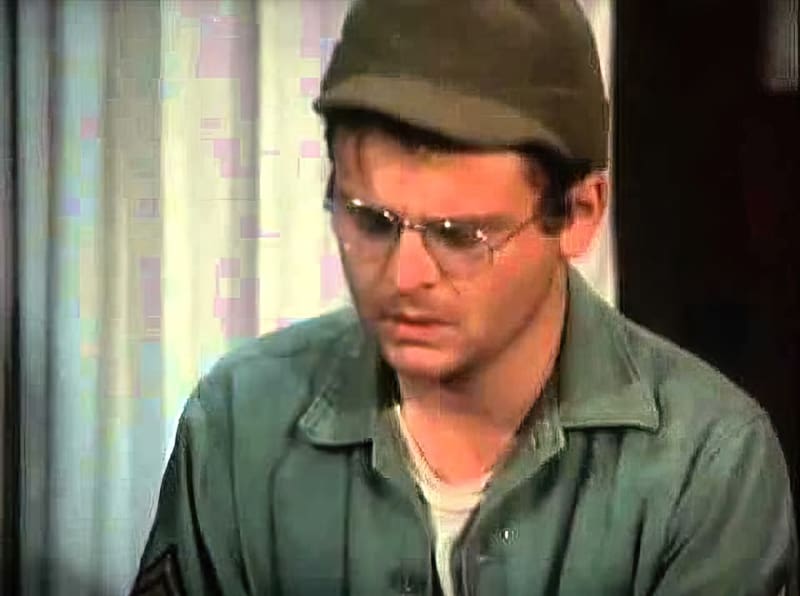
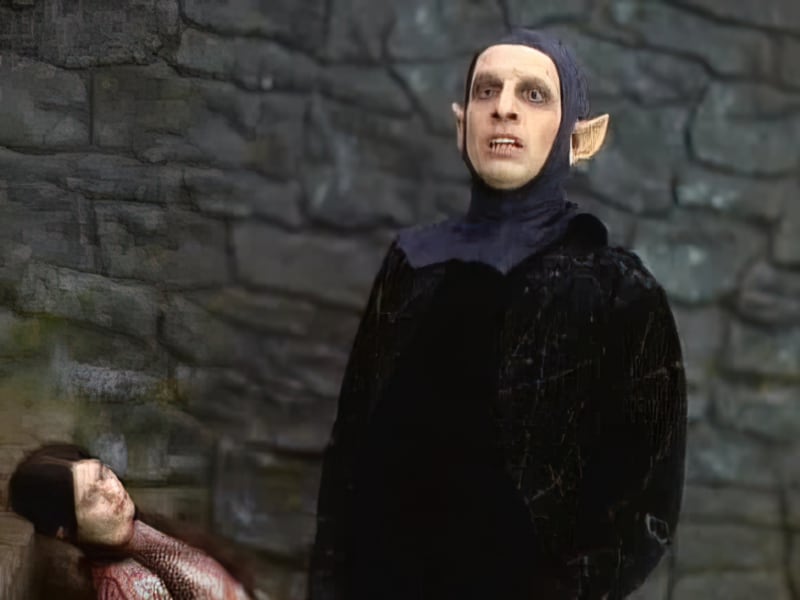
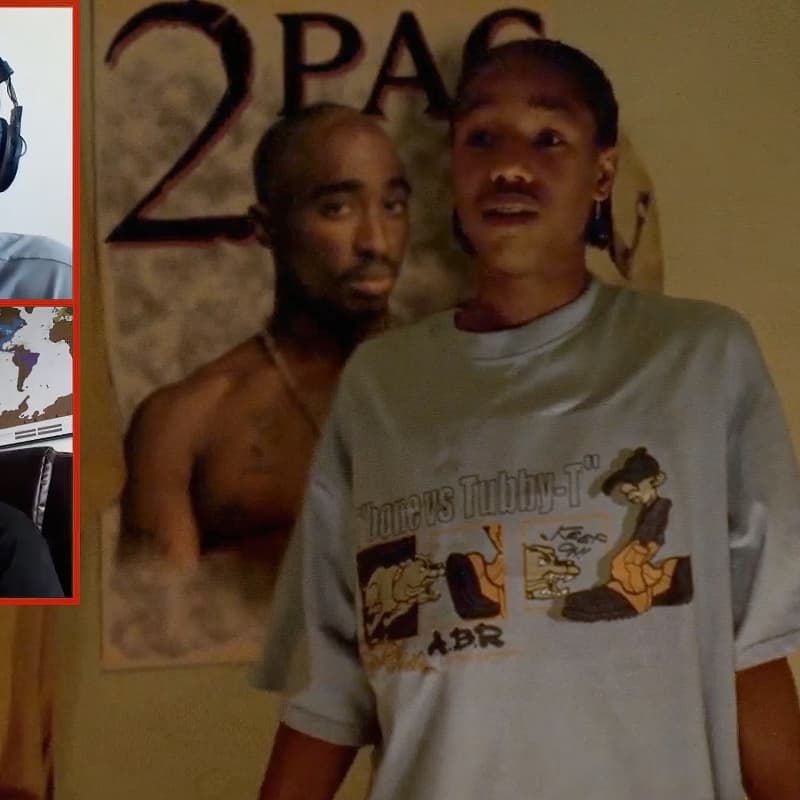
HOW OFTEN SHOULD FICTIONAL CHARACTERS CRY?
Although Larry McMurtry’s Patsy Carpenter annoyed the hell out of me because of all her on-the-page crying, research findings suggest McMurtry was in fact writing social realism. Unlike most writers, he chose to include the crying. Storytellers always leave things out — going to the toilet, travelling from A to B. It should be noted that McMurtry has also written men who cry, especially in his book from the same series, unsurprisingly called Duane’s Depressed. However, the macho men of McMurtry’s Lonesome Dove do not cry. (None of them are on-the-page queer either, another unbelievable omission.)
After learning that men cry once every couple of months I conclude that fictional male characters cry nowhere nearly enough. If men really are crying this often, and if writers put male fictional characters through their paces, as they always do, then we should see a lot more on-the-page crying, especially from our masculo-coded characters, and especially in stories reaching for realism.
When men cry in fiction, the tears are almost always because someone died, or because it’s a comedic scene and his tears are supposed to be funny. If someone else is offering a crying male character emotional support (rare), that person is almost never another man. However, I’m talking about Hollywood here. Men cry more in drama from East Asia, especially in KDramas.
Examples of men crying on screen
- In Bruges
- Interstellar
- Lord of the Rings
- Field of Dreams
- Brokeback Mountain
- 1917
- The Handmaid’s Tale
- Uncut Gems
- Silver Linings Playbook
- Schindler’s List (Oscar Schindler)
- Wings of Desire
- Good Will Hunting (“It’s not your fault.”)
- Big Eden (“You won’t tell me who you are”)
- Biutiful (Javier Bardem’s character, reflecting on giving his daughter his ring)
- Lady In The Water
- Suicide Squad (Floyd Lawton sheds tears over the fact that his daughter writes him every day despite knowing what he does.)
- Sorry We Missed You
- Da 5 Bloods
- Six Feet Under (David and Nate)
- The Mosquito Coast (Harrison Ford crying when he has had to set his ice machine on fire with the bandits inside)
- Moonlight (“What you cry about?”)
- Hostiles (Jonathan Majors’ character is wounded and has to stay at a hospital while the rest of the outfit keeps moving. Bale’s character knows it is likely goodbye forever even when they both survive.
- The Walking Dead (Rick finding Lori and Carl)
- Eternal Sunshine Of The Spotless Mind
- Devilman Cribaby (many examples)
- The Normal Heart
- Bladerunner (Roy)
- Hell Or High Water (Jeff Bridges crying after shooting a bank robber who shot his partner)
- Call Me By Your Name
- Signs (the dinner scene)
- The Thin Red Line
- Captain Phillips (the ending)
- Breaking Bad (Jesse)
- Reign Over Me
- Emma (2019) (Mr Knightley)
- Ordinary People (1980)
And in stories for child/family audiences:
- Tangled (Rapunzel’s father cries in front of her mother before they release the lanterns.)
- Cinderella (2015) (the prince sobs, tells his father he loves him and they hug each other)
- Stephen Universe
- Superman and Lois, episode 9 (Clark cries at the pain his son Jordan is going through because of his developing powers and then Jordan comforts him.)
- Billy Elliot (Billy Elliot’s dad e.g. crossing the picket line to try and raise the money to send Billy to his dance academy audition.)
- Bend It Like Beckham (The dad supporting his daughter)
- Doctor Who (Wilfred Mott e.g. the Van Gogh episode)
- Avatar: The Last Airbender (Iroh and Zuko reunite)
- Quantum Leap (though Sam was in the body of a woman in a beauty pageant)
- The Fresh Prince of Bel Air (Will cries and says “why didn’t he want me?”)
- Koe no katachi (A Silence Voice)
- My Hero Academia (Mirio Togata cries because Class 1-A’s school festival concert is so good that it makes Eri smile for the first time)
- Star Trek: The Motion Picture (Spock cries in sick bay after his meld with V’Ger, and tells Kirk, “This simple feeling is beyond V’Ger’s comprehension.” He and Kirk hold hands.)
- Rise of the Teenage Mutant Ninja Turtles Series Finale (“Why can’t I do this?! I’m failing you…”)
- Glee (Finn in season one because his girlfriend is pregnant)
- Love, Simon
- Stand By Me (River Phoenix)
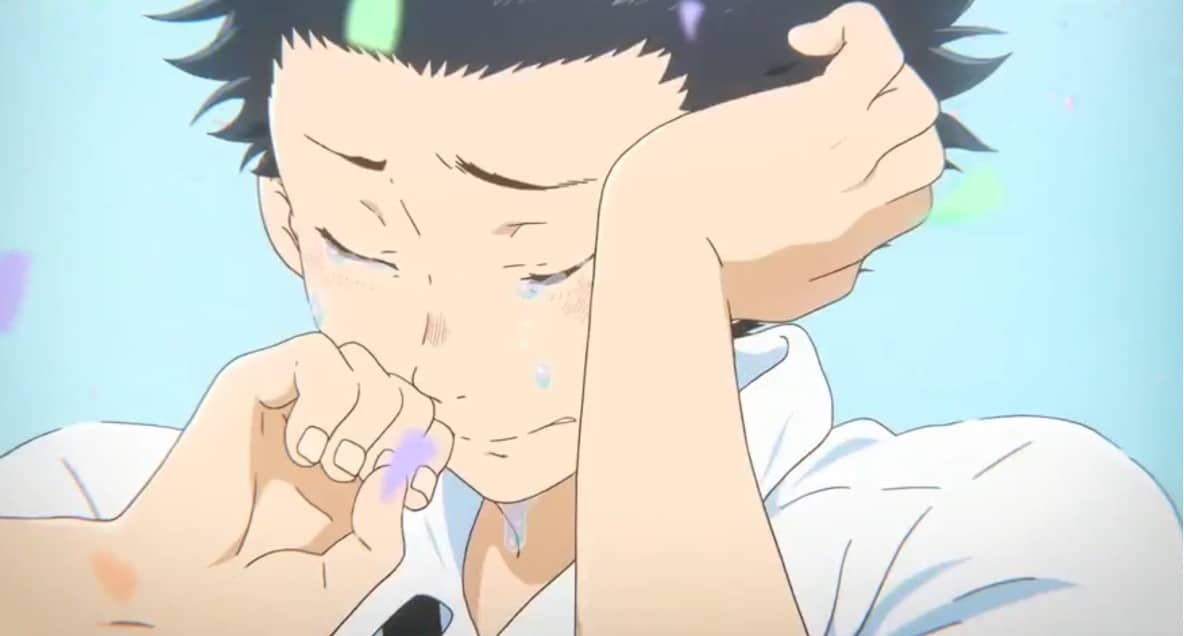
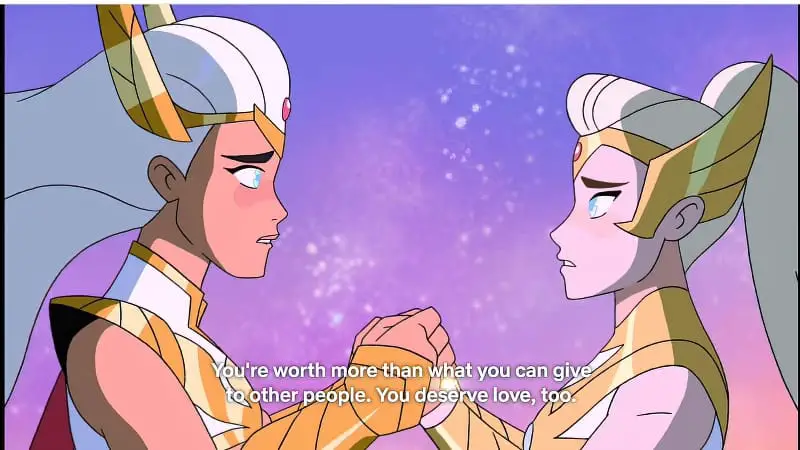
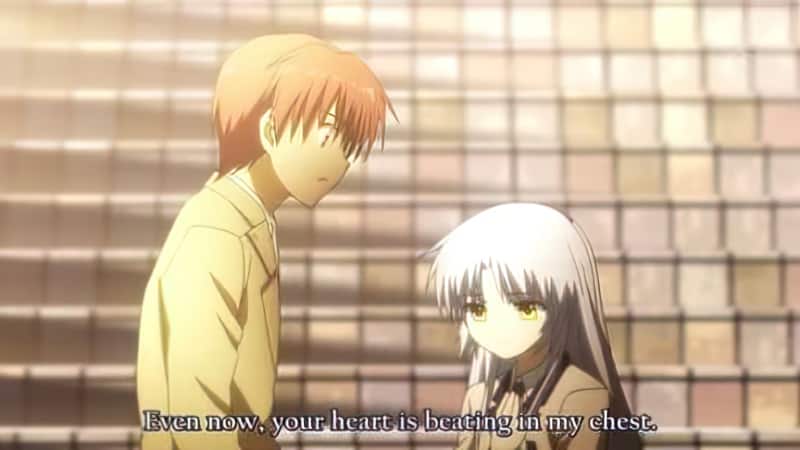
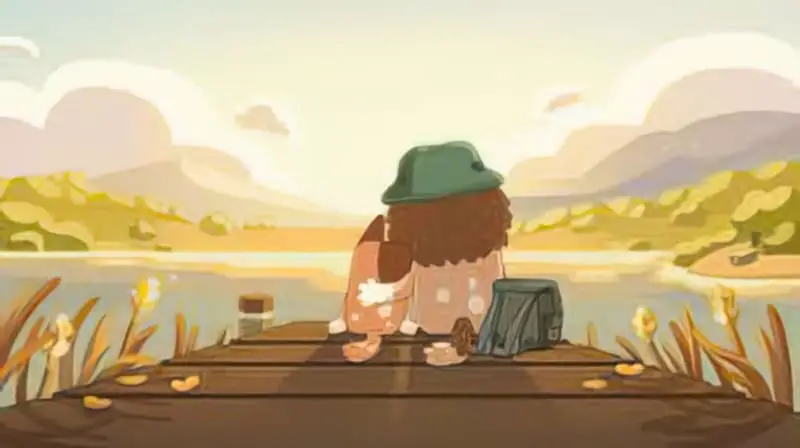
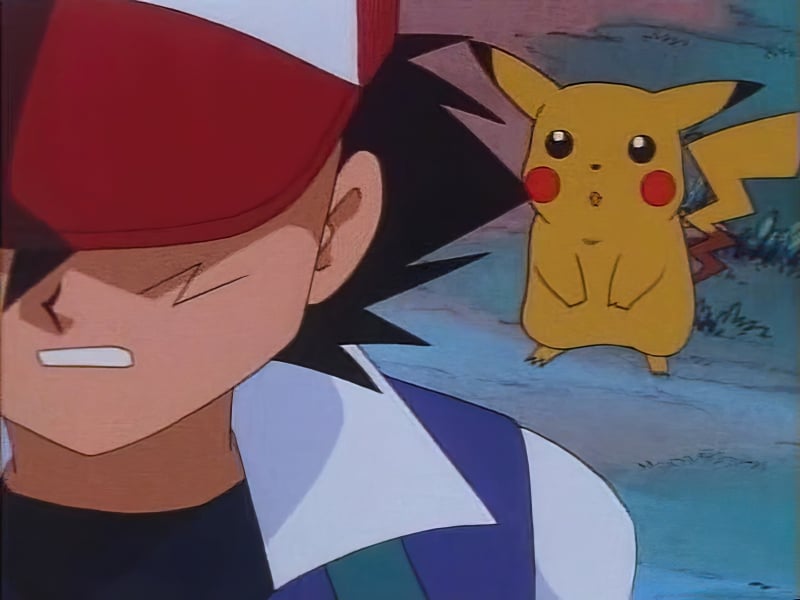
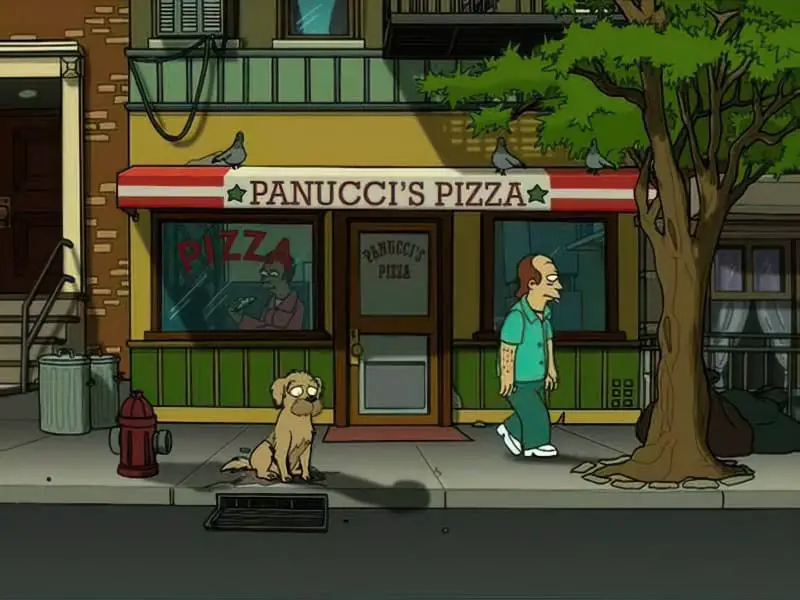

Before that happens, we need to have a few cultural reckonings about crying and empathy and likeability. Alain de Botton points out that we love people when we know their vulnerabilities and accept them regardless, not because we admire their strengths. Do we apply this to fictional characters, too?
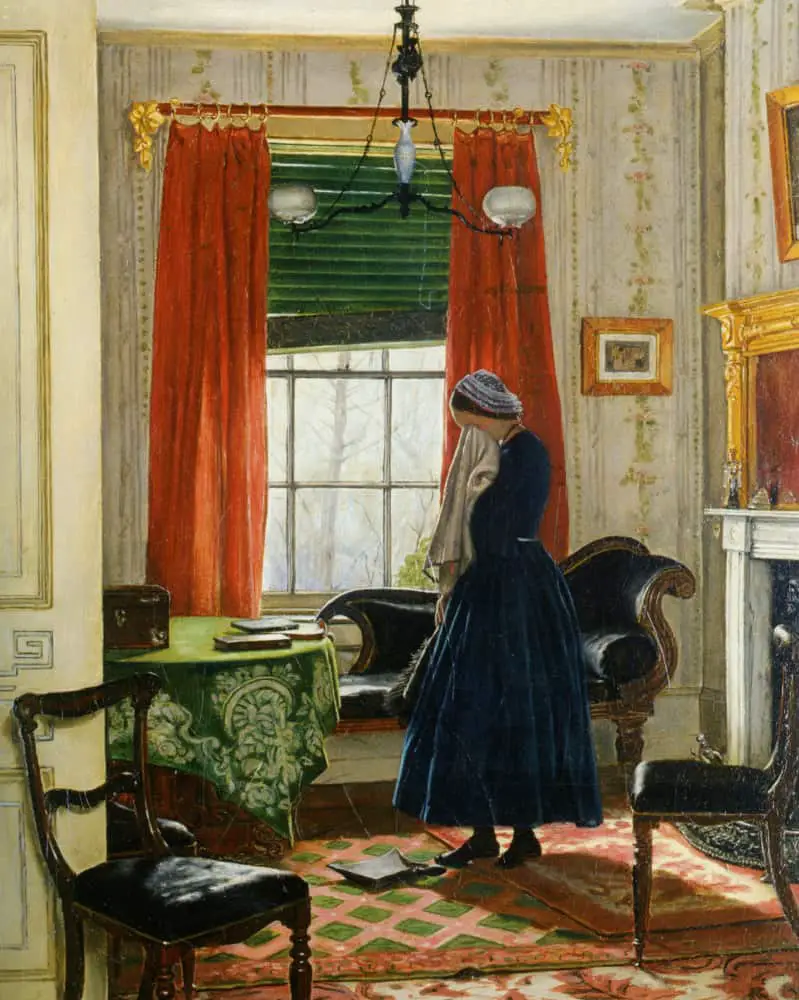
Captain Awkward offers the following, relevant to this discussion because crying is an expression of strong emotion in general (not just sadness and grief):
The assumption that whoever cares the most or feels the most strongly about something can’t possibly ever be the most right about it has got to go.
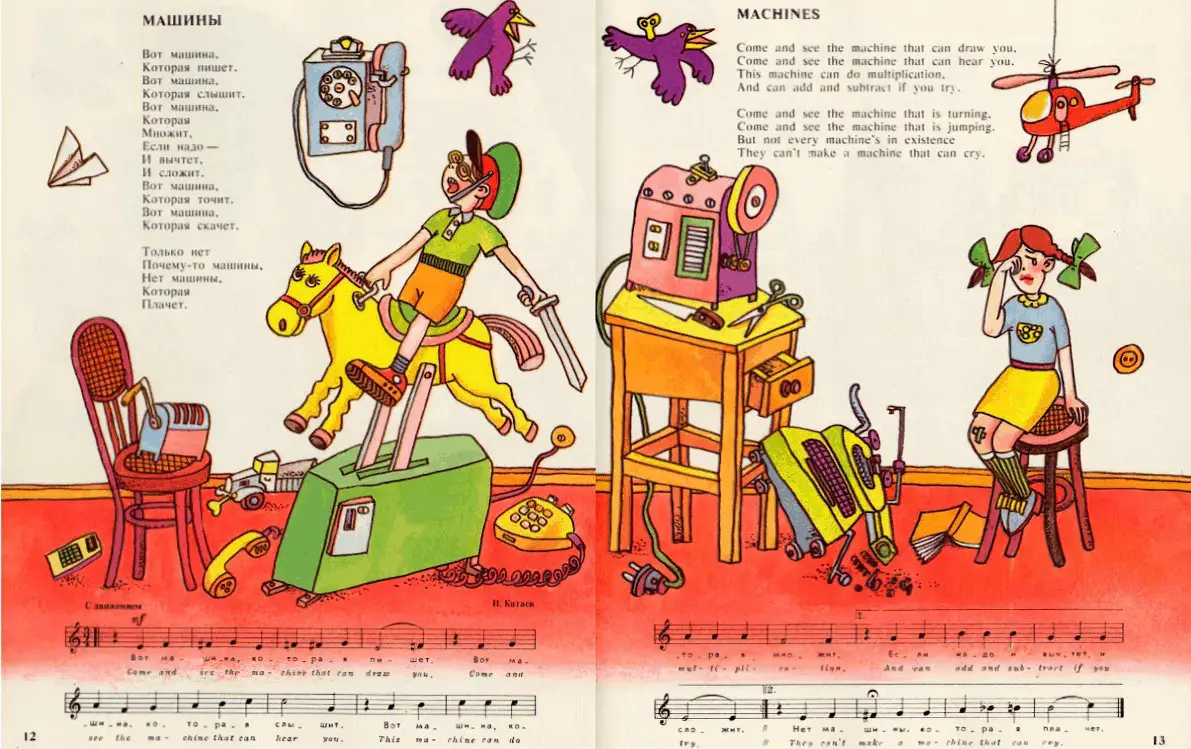
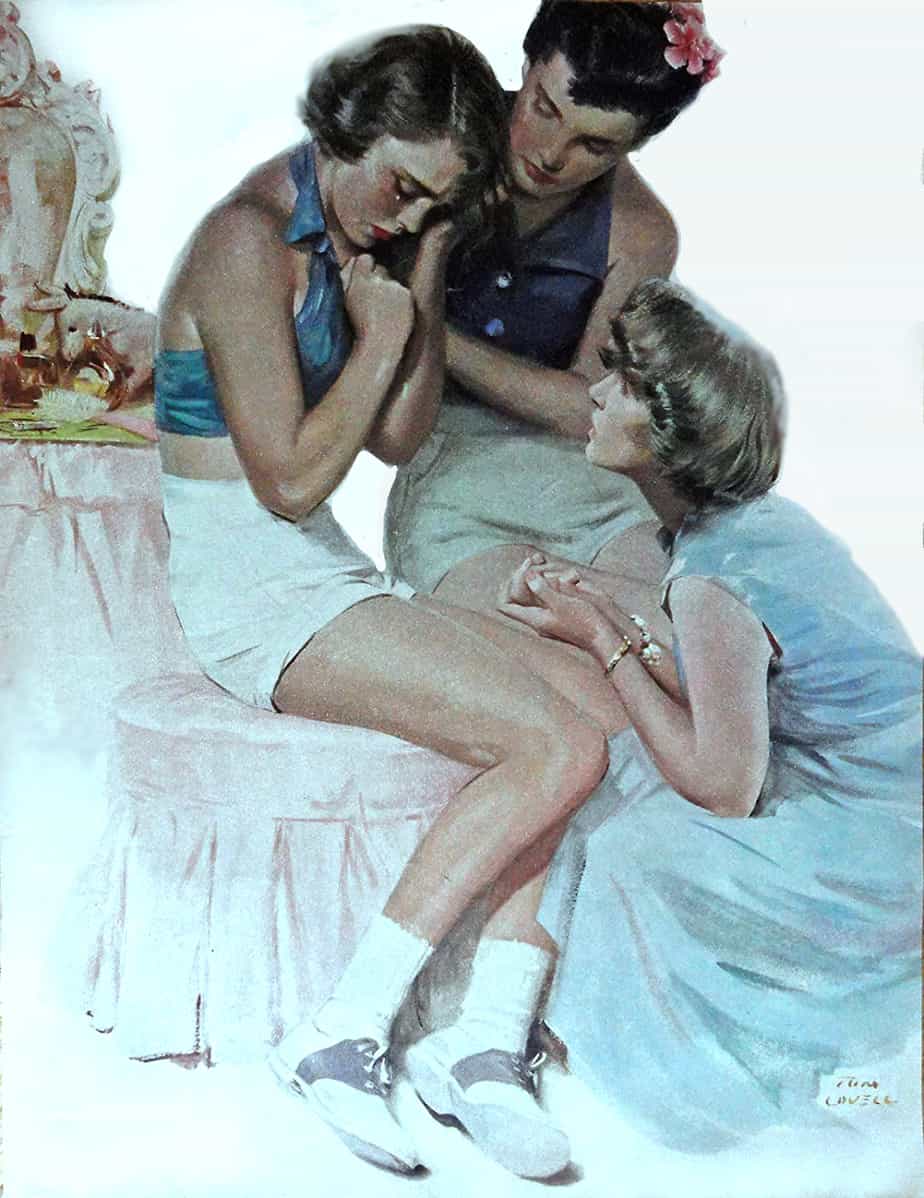
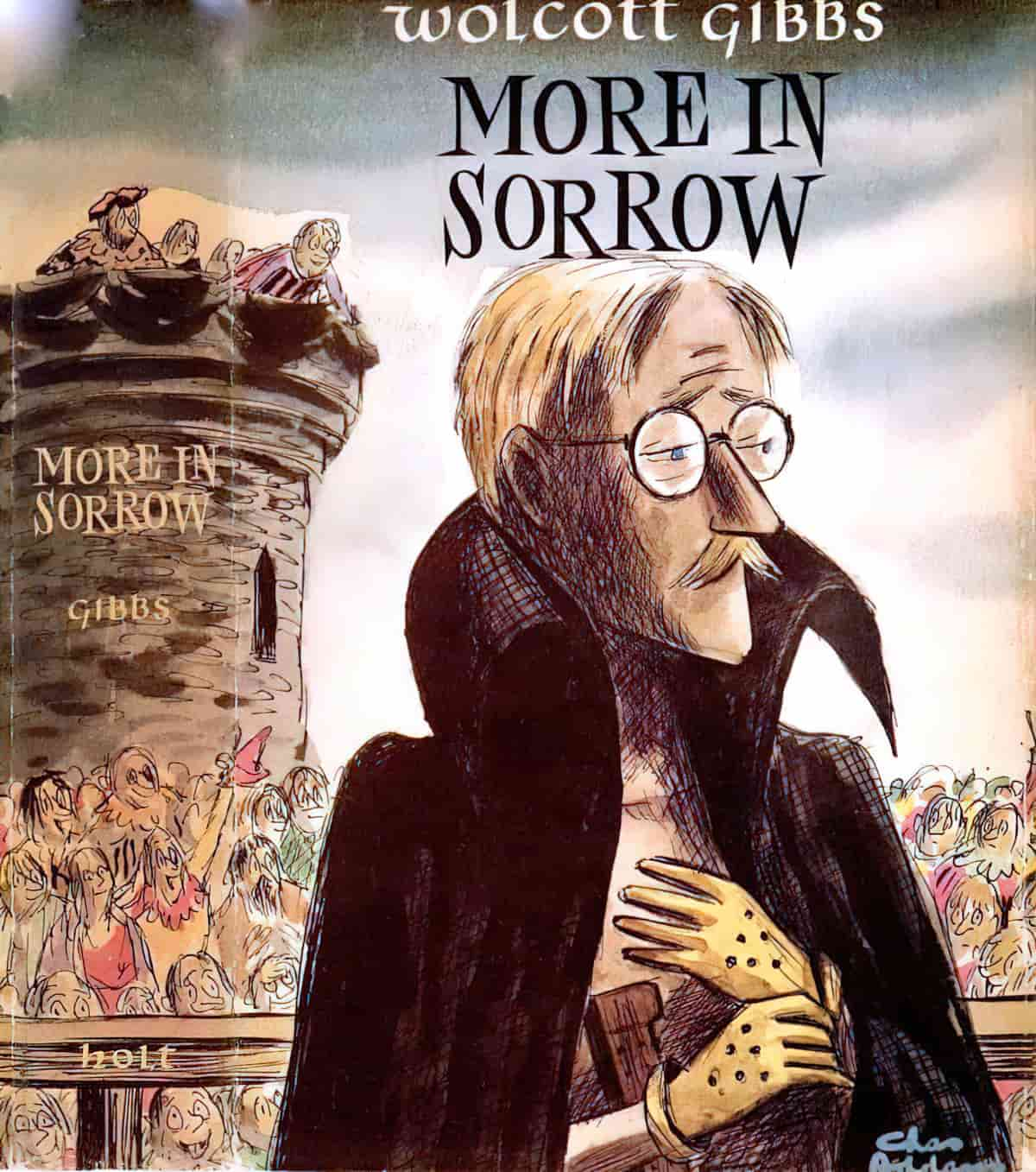
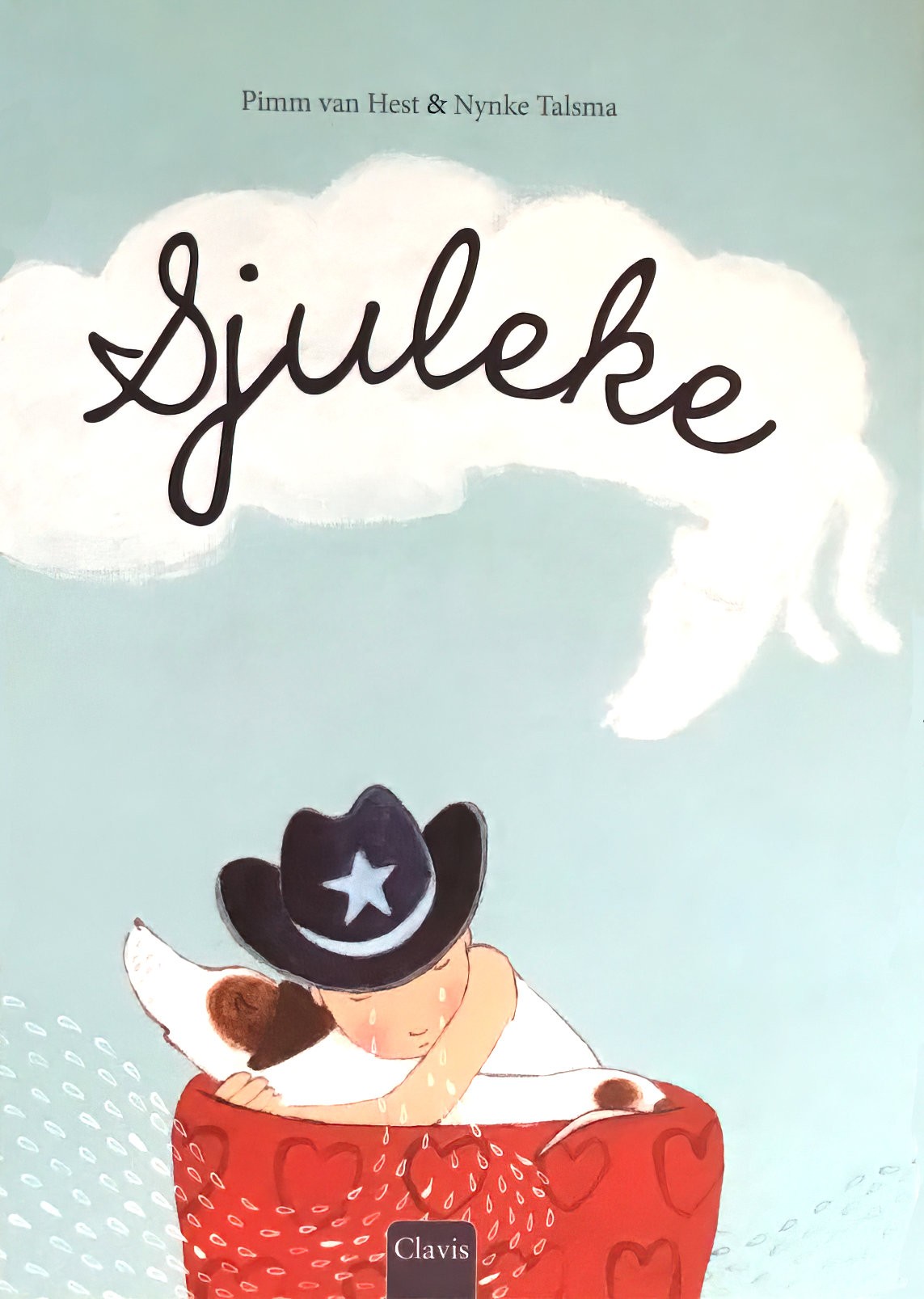
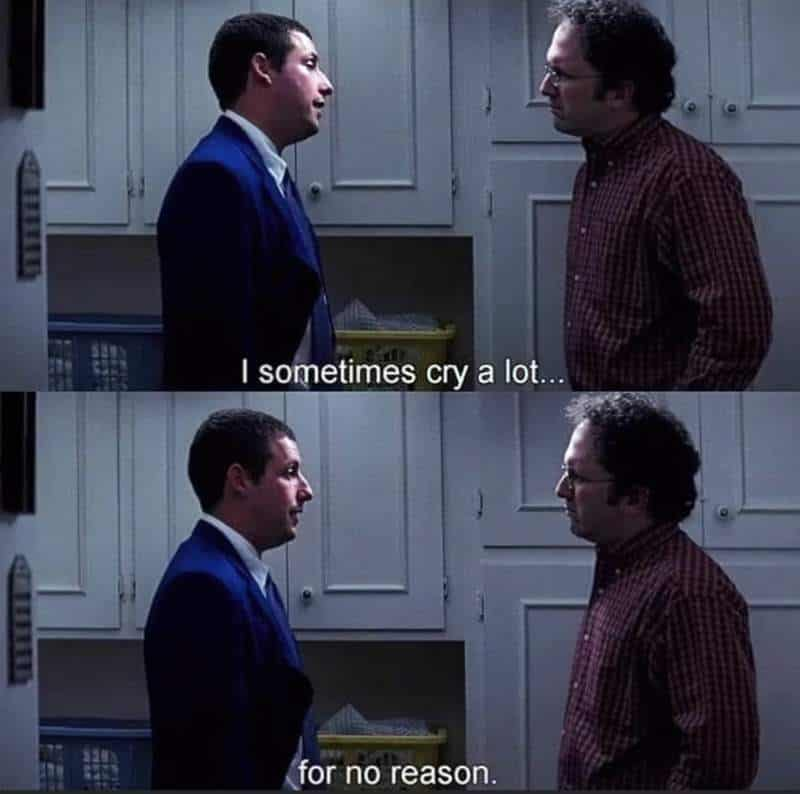
Header painting: Sorrow 1912 Theodor Kittelsen
